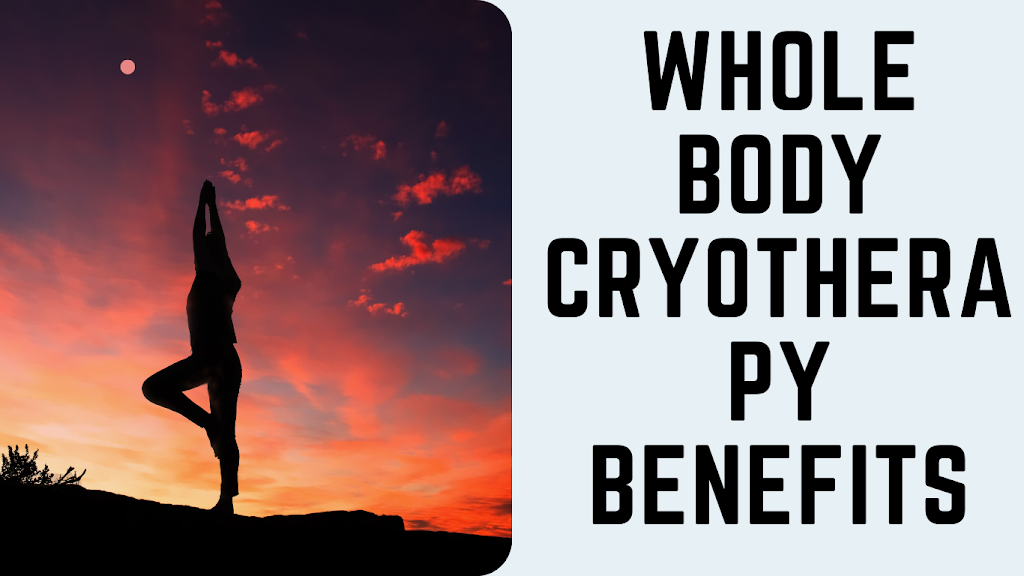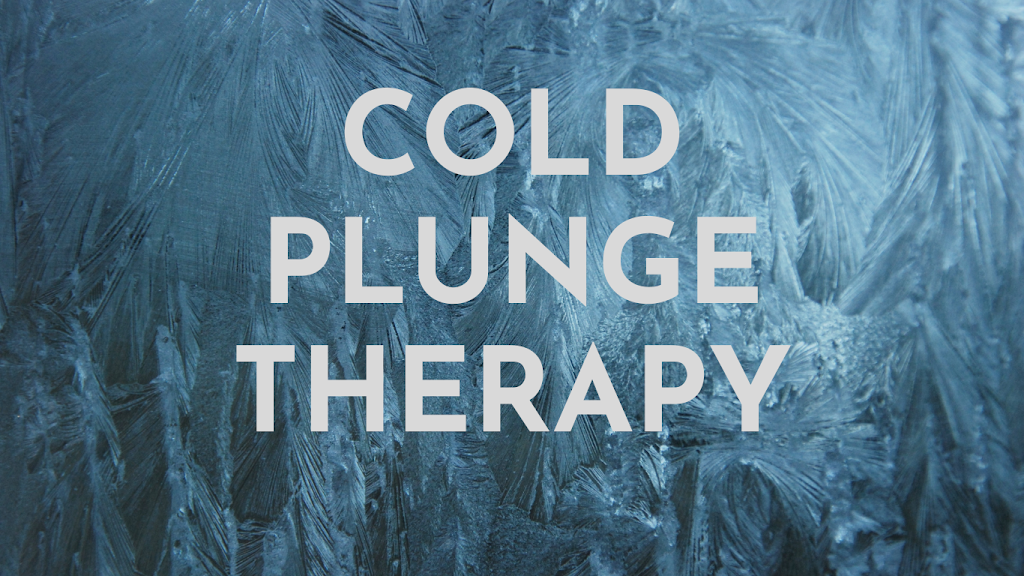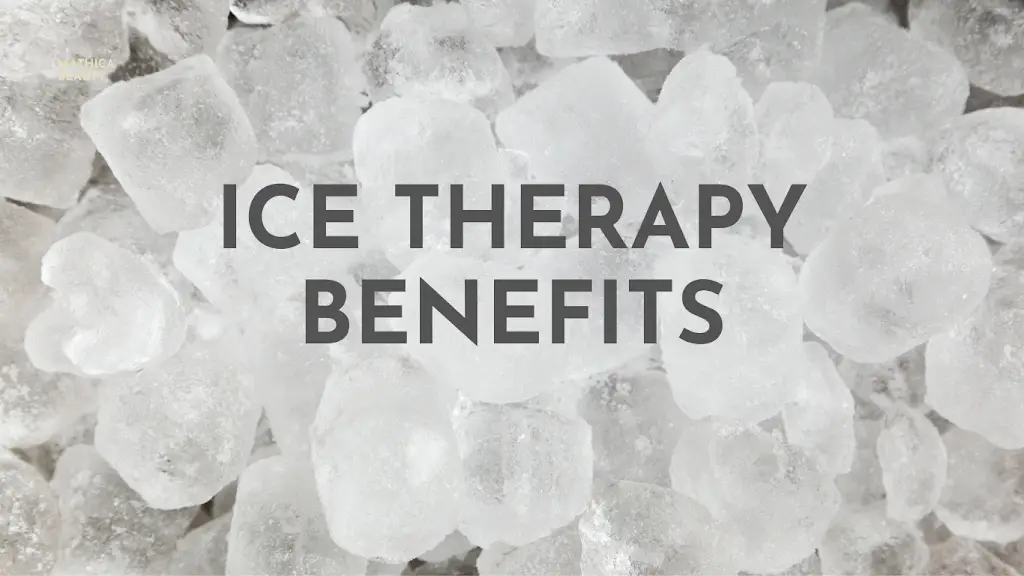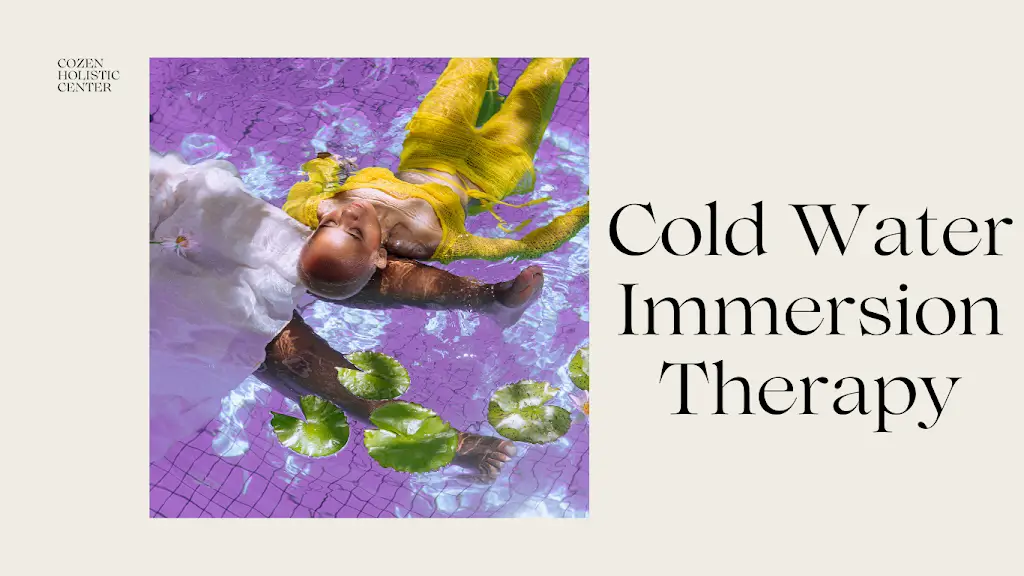Whole Body Cryotherapy Benefits
Whole-body cryotherapy (WBC) is a treatment that involves
exposing the body to extremely cold temperatures for a short period of time.
The treatment has gained popularity in recent years as a way to improve
athletic performance, reduce pain and inflammation, and even boost mood and
cognitive function. In this article, we will explore the potential benefits of
WBC and what the current research says about its effectiveness.
Pain and Inflammation Reduction
One of the most commonly reported benefits of WBC is its
ability to reduce pain and inflammation. This is thought to be due to the
body’s natural response to the cold temperature, which causes blood vessels to
constrict and then dilate after the treatment, leading to increased blood flow
and oxygenation to the affected area. This increased blood flow can help to
reduce inflammation and promote healing.
In fact, several studies have shown that WBC may be
effective in reducing pain and inflammation in a variety of conditions,
including osteoarthritis, rheumatoid arthritis, and fibromyalgia. For example,
a 2017 study published in the Journal of Clinical Rheumatology found that WBC
significantly reduced pain and improved physical function in patients with knee
osteoarthritis.
Athletic Performance Enhancement
Another potential benefit of WBC is its ability to
enhance athletic performance. This is thought to be due to the body’s natural
response to the cold temperature, which triggers the release of endorphins and
other neurotransmitters that can help to improve mood, reduce anxiety, and
increase energy levels.
In addition, the increased blood flow and oxygenation
that occurs after WBC may help to improve muscle recovery and reduce soreness
after exercise, allowing athletes to train more frequently and at higher
intensity levels.
Several studies have investigated the effects of WBC on
athletic performance, with mixed results. While some studies have reported
significant improvements in athletic performance following WBC, others have
found no significant difference compared to placebo treatments.
Mental Health Benefits
In addition to physical benefits, some researchers have
suggested that WBC may also have mental health benefits. This is thought to be
due to the release of endorphins and other neurotransmitters that can help to
improve mood and reduce anxiety.
For example, a 2016 study published in the Journal of
Affective Disorders found that WBC was effective in reducing symptoms of
depression and anxiety in patients with major depressive disorder. However,
more research is needed to fully understand the potential mental health
benefits of WBC and how it may be used as a treatment for mental health
conditions.
Skin Health Benefits
Another potential benefit of WBC is its ability to
improve skin health. The cold temperature can help to stimulate collagen
production, which can lead to improved skin elasticity and a reduction in the
appearance of fine lines and wrinkles.
In addition, the increased blood flow and oxygenation
that occurs after WBC may help to improve skin texture and tone, reduce the
appearance of blemishes, and promote overall skin health.
Safety Concerns
While WBC has been shown to have potential benefits for a
variety of conditions, it is important to keep in mind that the treatment is
not without risks. In rare cases, exposure to extremely cold temperatures can
lead to frostbite, skin burns, or other injuries.
In addition, WBC may not be safe for everyone,
particularly individuals with certain medical conditions such as Raynaud’s
disease or hypertension. Therefore, it is important to consult with a
healthcare professional before undergoing WBC to determine whether it is safe
for you.
Conclusion
Whole-body cryotherapy is a treatment that involves
exposing the body to extremely cold temperatures for a short period of time,
and it has gained popularity in recent years as a way to improve athletic
performance, reduce pain and inflammation, and even boost mood and cognitive
function. While the research on WBC is still in its early stages,
As with any medical treatment or therapy, whole-body cryotherapy has its pros and cons. Here are some of the potential benefits and
drawbacks of WBC:
Pros:
Pain and inflammation reduction: One of the most commonly
reported benefits of WBC is its ability to reduce pain and inflammation. This
can be particularly beneficial for individuals with chronic pain conditions
such as osteoarthritis or fibromyalgia.
Athletic performance enhancement: WBC may help to improve
athletic performance by reducing muscle soreness and improving recovery time
after exercise.
Mental health benefits: WBC may have potential benefits
for mental health, including reducing symptoms of depression and anxiety.
Skin health benefits: The cold temperature of WBC can
stimulate collagen production, which may lead to improved skin texture and
tone.
Short treatment time: WBC sessions typically only last a
few minutes, making it a convenient treatment option for individuals with busy
schedules.
Cons:
Safety concerns: Exposure to extreme cold temperatures
can lead to frostbite, skin burns, or other injuries. Therefore, it is important
to ensure that WBC is performed safely and under the guidance of a healthcare
professional.
Lack of regulation: WBC is not regulated by the FDA,
which means that there may be variability in the quality and safety of
treatments offered by different providers.
Cost: WBC sessions can be expensive, which may make it
inaccessible for some individuals.
Not suitable for everyone: WBC may not be safe for
individuals with certain medical conditions, such as Raynaud’s disease or
hypertension.
Limited research: While there is some research supporting
the potential benefits of WBC, the evidence is still in its early stages and
more research is needed to fully understand the risks and benefits of the
treatment.
Overall, whole body cryotherapy has the potential to
offer a range of benefits for individuals seeking pain relief, athletic
performance enhancement, or improved mental health. However, it is important to
weigh the potential benefits against the risks and limitations of the treatment
before deciding whether it is right for you. As always, it is recommended to
consult with a healthcare professional before starting any new treatment or
therapy.




